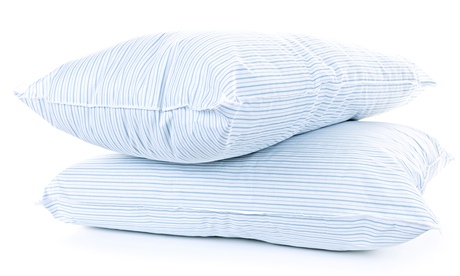What is Myofascial pain syndrome and why should you care?
Fascia is a layer of connective tissue that contributes to the supportive structure of the spine and musculoskeletal system. The fascia invests, or surrounds, the muscles and allows for the smooth gliding of one muscle upon another. Investing fascia helps to prevent muscles from adhering to each other.
With injury, chronic postural stress, or overuse, myofascial trigger points or myofascial adhesions may develop – all commonly referred to as myofascial pain syndrome.
Here in my office we treat myofascial pain syndromes such as myofascial trigger points or adhesions with manual myofascial therapy. This therapy normally includes the use of direct pressure upon the trigger point, or the use of active anchor-and-stretch myofascial release techniques. Often, our massage therapists render this treatment but sometimes Dr. Woody or Dr. Renne perform these treatments.
Other times, we integrate specific exercises and physical therapy modalities to treat myofascial pain syndromes. Some chiropractors utilize acupuncture or dry-needling techniques to treat myofascial pain.
Myofascial therapy relieves soft tissue restrictions that cause pain. Some causes of chronic myofascial pain or low back pain are easier to diagnose than others: trauma (such as a car accident or fall), cumulative posture misalignment or mechanical deficits, a compressed nerve from a herniated disc, or inflammatory conditions.
When pain is caused by myofascial tightness within the fascial system (the web of connective tissue that spreads throughout the body and surrounds every muscle, bone, nerve blood vessel, and organ to the cellular level) the diagnosis is more difficult, as fascia restrictions do not show up on MRI scans or X-rays. Yet, those restrictions can play a significant role in creating pain and malfunction in the structure of the spine, extremities and organs.
WHAT IS MYOFASCIAL THERAPY?
Myofascial Therapy (also known as myofascial release therapy or myofascial trigger point therapy) is a type of safe, low load stretch that releases tightness and pain throughout the body caused by myofascial pain syndrome, which describes chronic muscle pain that is worse in certain areas known as trigger points.
Myofascial release (MFR) therapy focuses on releasing muscular shortness and tightness. There are a number of conditions and symptoms that myofascial release therapy addresses.
Many patients seek myofascial treatment after losing flexibility or function following an injury or if experiencing ongoing back, shoulder, hip, or virtually pain in any area containing soft tissue.
Other conditions treated by myofascial release therapy include Temporo-Mandibular Joint (TMJ) disorder, carpal tunnel syndrome, or possibly fibromyalgia or migraine headaches. Patient symptoms usually include:
Tightness of the tissues that restricts motion or pulls the body out of alignment, causing individuals to favor and overuse one hip or shoulder, for example
A sense of excessive pressure on muscles or joints that produces pain
Pain in any part or parts of the body, including headache or back pain.
The goal of myofascial therapy is to stretch and loosen the fascia so that it and other contiguous structures can move more freely, and the patient's motion is restored.
Therapy sessions follow a pattern similar to physical therapy for post-operative rehabilitation. An initial appointment will be devoted to locating the areas of the fascia that appear to be restricted, and measuring the level of loss of motion or loss of symmetry in the body.
The specific releases to different parts of the body vary, but generally include gentle application of pressure or sustained low load stretch to the affected area. Progress is gauged by the level of increased motion or function experienced, and/or decrease in pain felt by the patient.
ADDITIONAL TREATMENTS
Myofascial therapy can be a precursor and complement to other treatments. Patients who engage in myofascial therapy also may benefit from other forms of nonsurgical care that aim to control pain and keep muscles and joints warm and loose. These include:
Using non-prescription pain relievers such as acetaminophen or ibuprofen
Applying heat to soothe constricted muscles or using ice to calm swollen areas
Performing self-stretching exercises to maintain flexibility and increase range of motion or aerobic exercise to increase blood flow to the affected areas.
Myofascial therapy can also enhance or assist other treatments to increase effectiveness such as acupuncture, manipulation, physical therapy, or occupational therapy. By targeting specific areas of the fascial system, myofascial therapy can provide pain relief for patients with restricted flexibility and movement, thus allowing patients to return to normal movement and greater function.
If this seems like something that may help you, please feel free to contact us anytime via phone, email or via our main website at www.activechirocenter.com
For even more information about myofascial pain and relief, visit http://www.spine-health.com/treatment/physical-therapy

